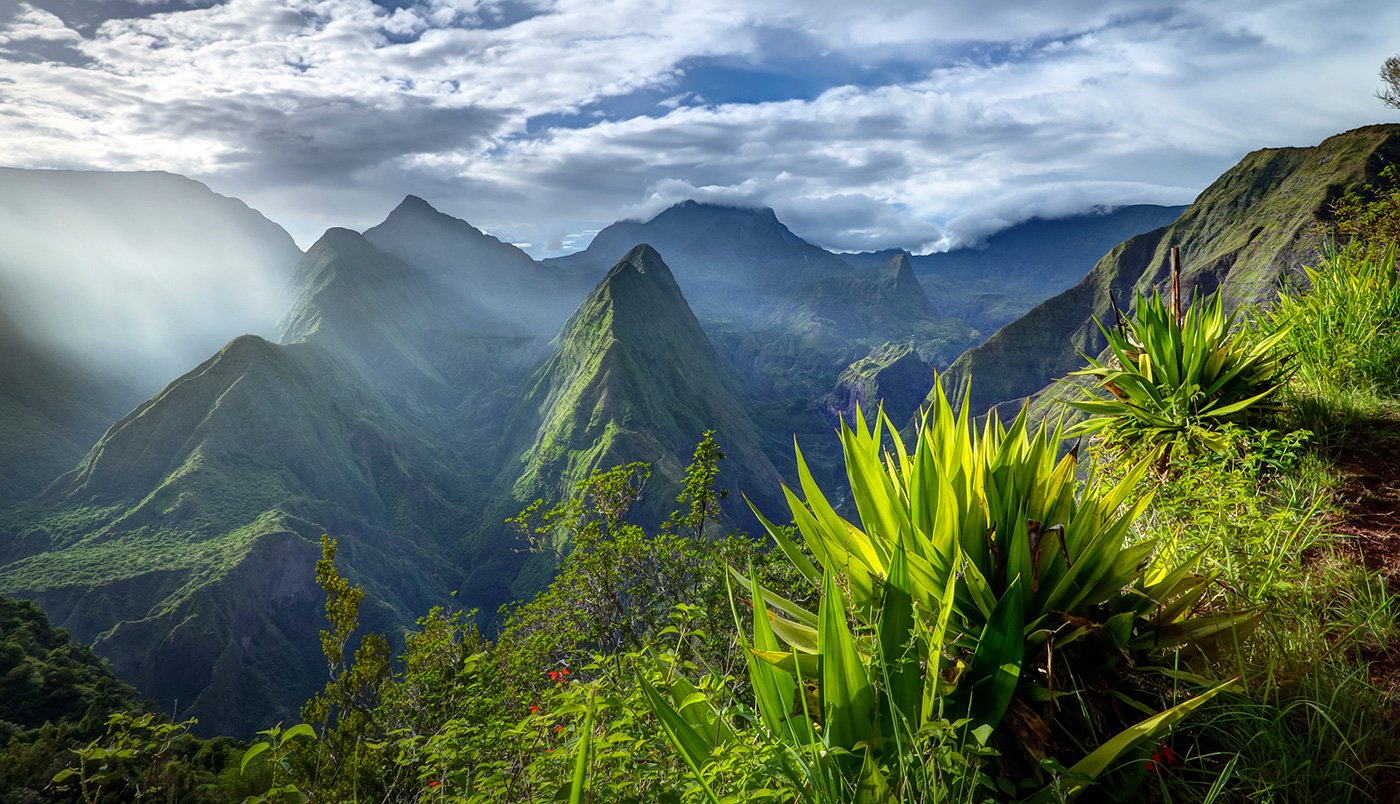
Réunion
Réunion is a mountainous volcanic island in the Indian Ocean on a similar latitude to Queensland, Australia. Most roads are along the coast, with lush green mountains visible close by. Vegetation consists of palms and ferns, pine trees at higher elevation, and flowering plants due to the island’s tropical savanna climate.
There are six distinct bus stop designs on Réunion:
Yellow - This is the most common type and can be found all over the island. It is usually accompanied by another bus stop, meaning you can get a good region guess if you see it on its own.
L Shaped - It can either be white, or an olive colour. It may also be in the form of a bus shelter. It is almost never accompanied by a yellow bus stop.
Pink - Rarely accompanied by a yellow bus stop.
Orange - Almost always accompanied by a yellow bus stop.
Green - Almost always accompanied by a yellow bus stop.
Red - Rarely accompanied by a yellow bus stop.
This infographic shows where each one can be found. The list above is ranked by how common each one is found.
You can click on the image to enlarge it.
Route du Volcan can be recognized by the Martian landscape. The only vegetation is scattered shrubs and the soil is a distinct brown-red colour. These white stones lining the road are also a good clue.
The eastern region of Réunion is the least densely populated, evident by the eastern part of the N2, which is a single carriageway passing through somewhat dense vegetation on both sides, or a vast landscape with little to no trees.















